SMC Networks PA5010 User manual
Other SMC Networks Water Pump manuals
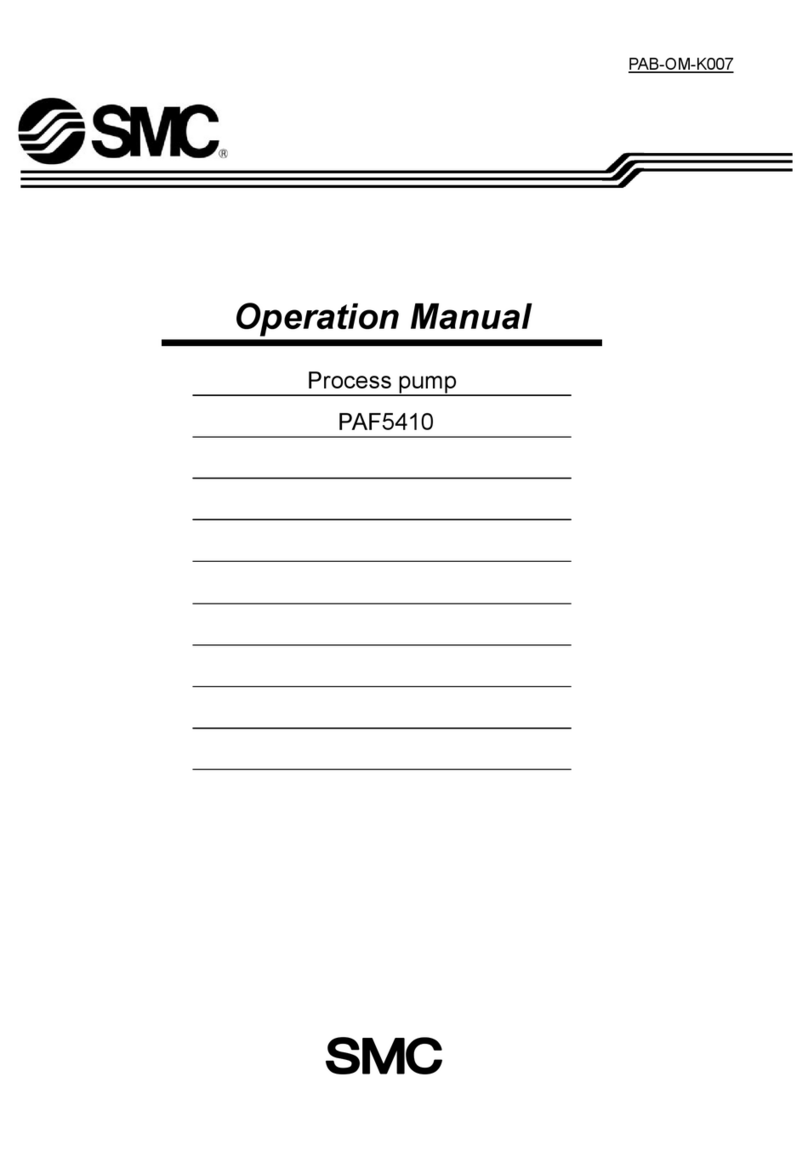
SMC Networks
SMC Networks PAF5410 User manual
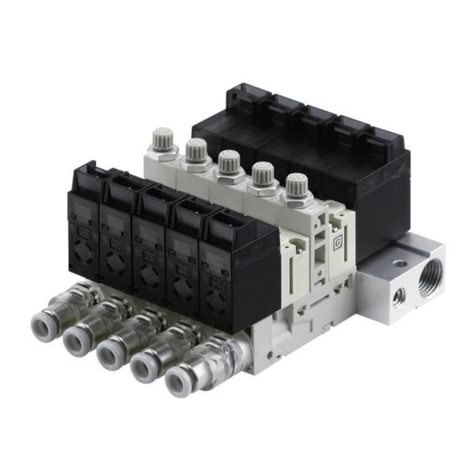
SMC Networks
SMC Networks ZB Series User manual
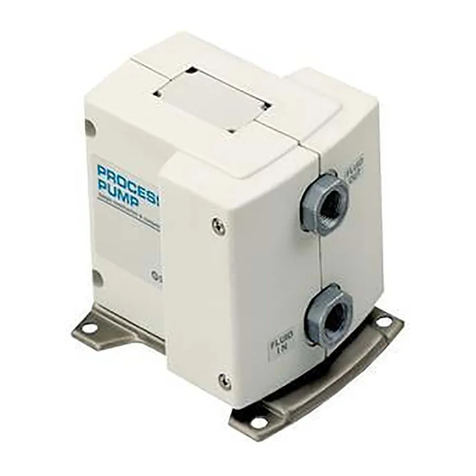
SMC Networks
SMC Networks PA3000 Series User manual
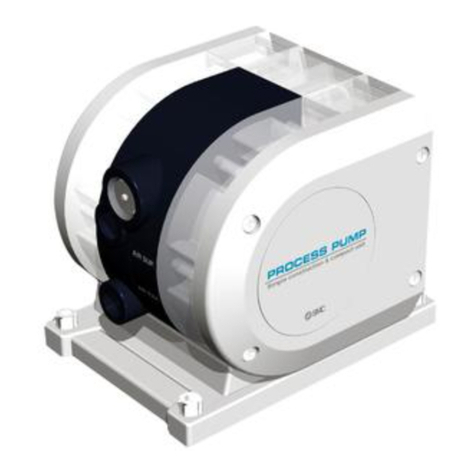
SMC Networks
SMC Networks PAP3310 Series User manual

SMC Networks
SMC Networks LSP Series User manual
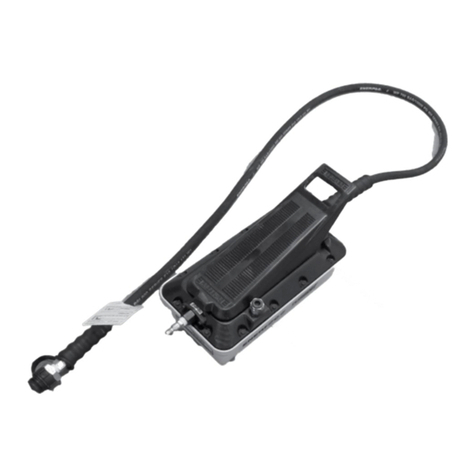
SMC Networks
SMC Networks 526-20 User manual
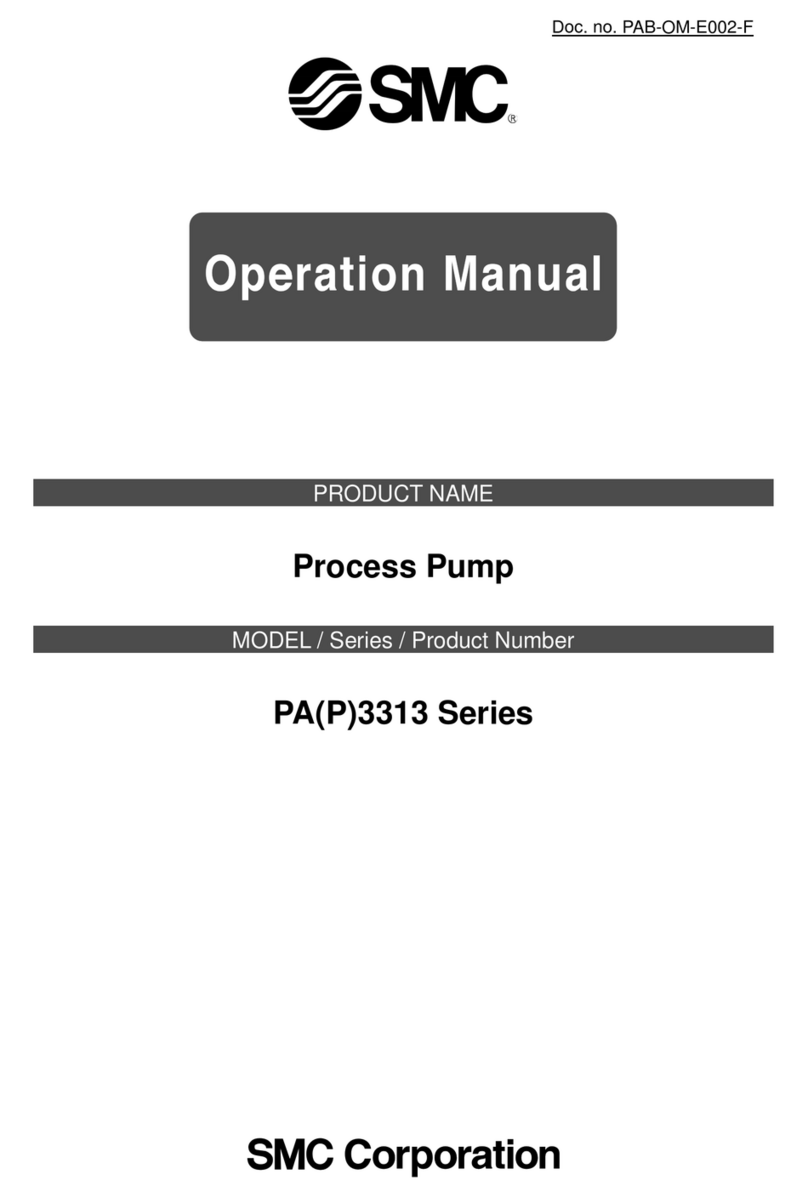
SMC Networks
SMC Networks PAP3313 Series User manual
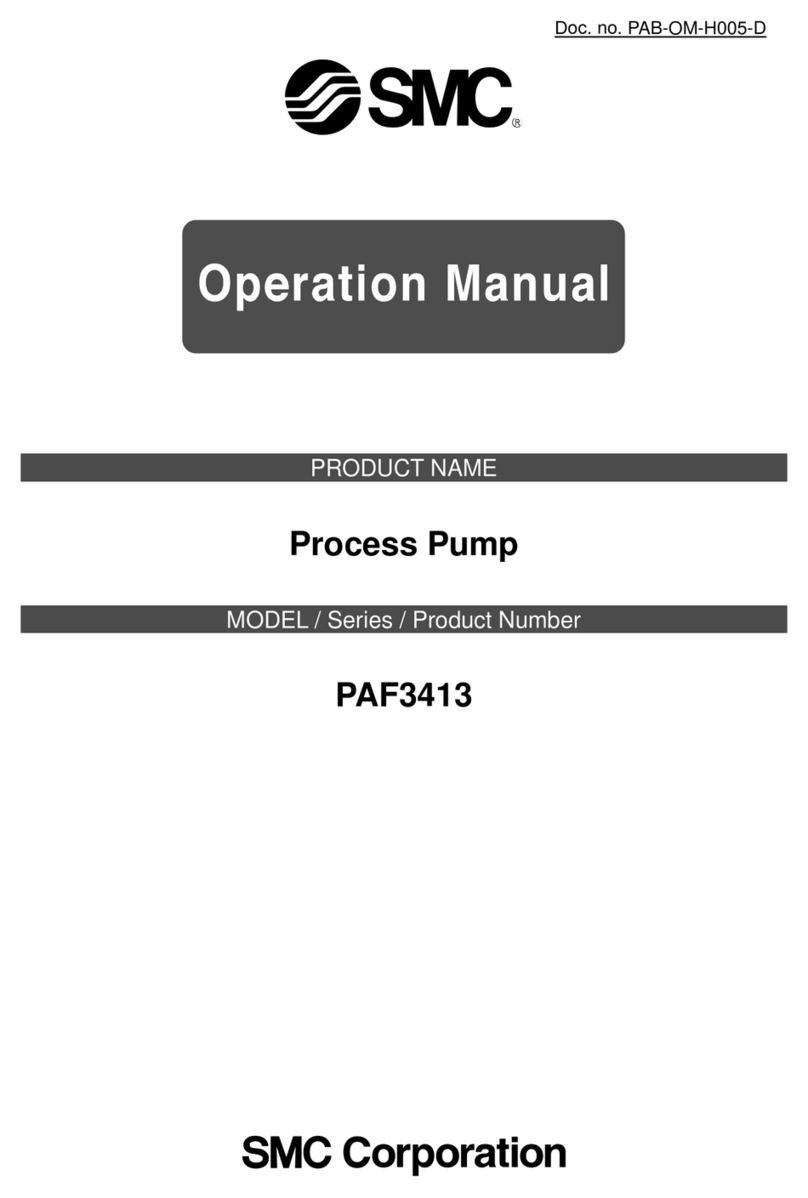
SMC Networks
SMC Networks PAF3413 User manual
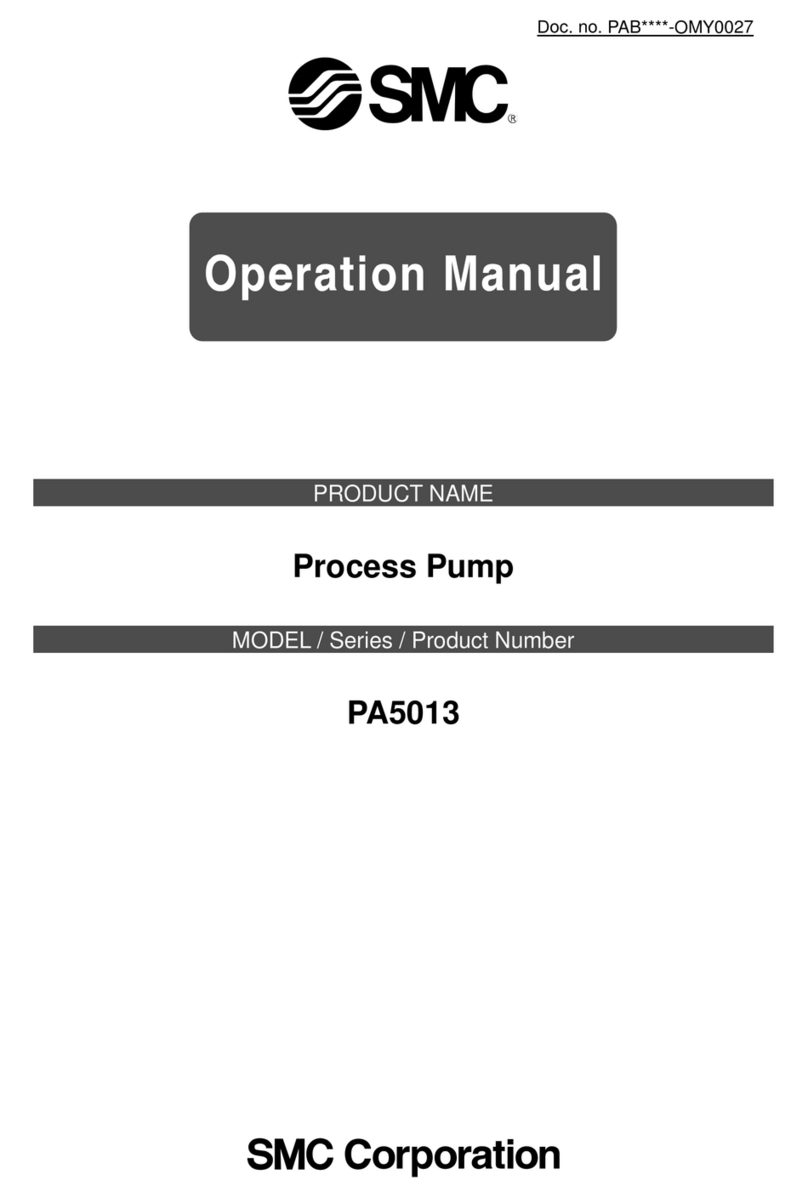
SMC Networks
SMC Networks PA5013 User manual
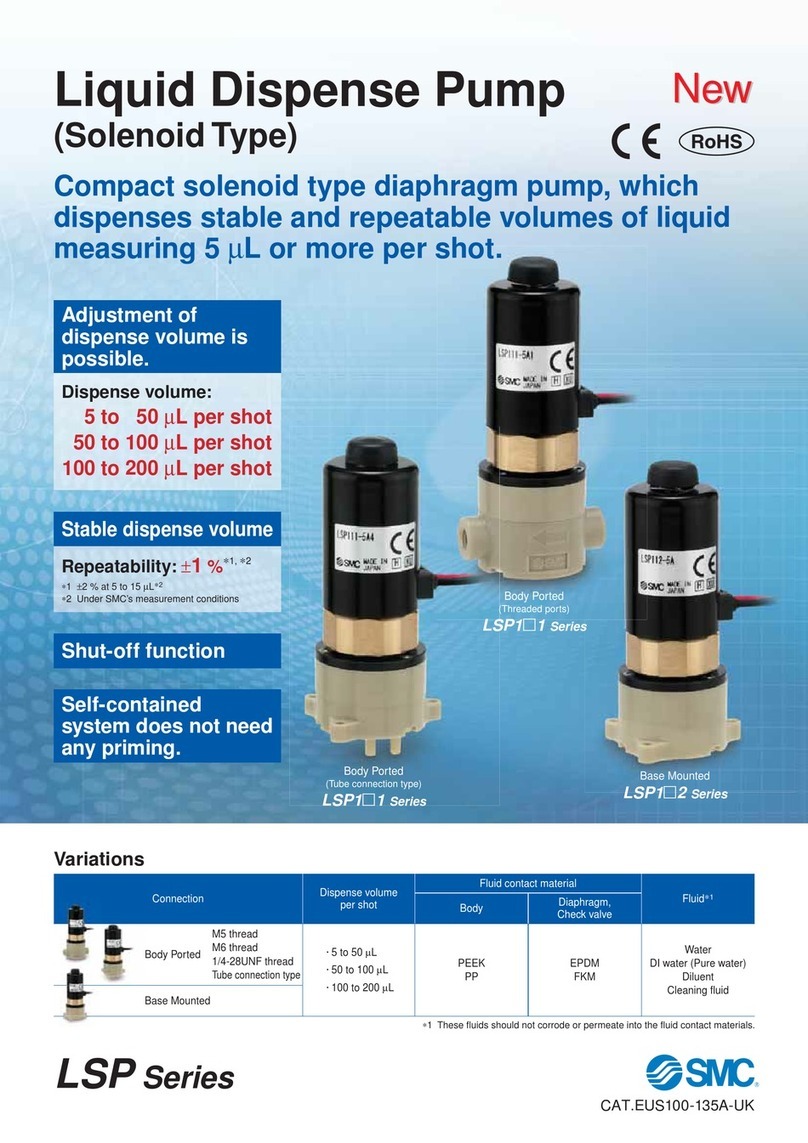
SMC Networks
SMC Networks LSP1 1 Series User manual

SMC Networks
SMC Networks PA3000 Series User manual

SMC Networks
SMC Networks PAF3413 User manual
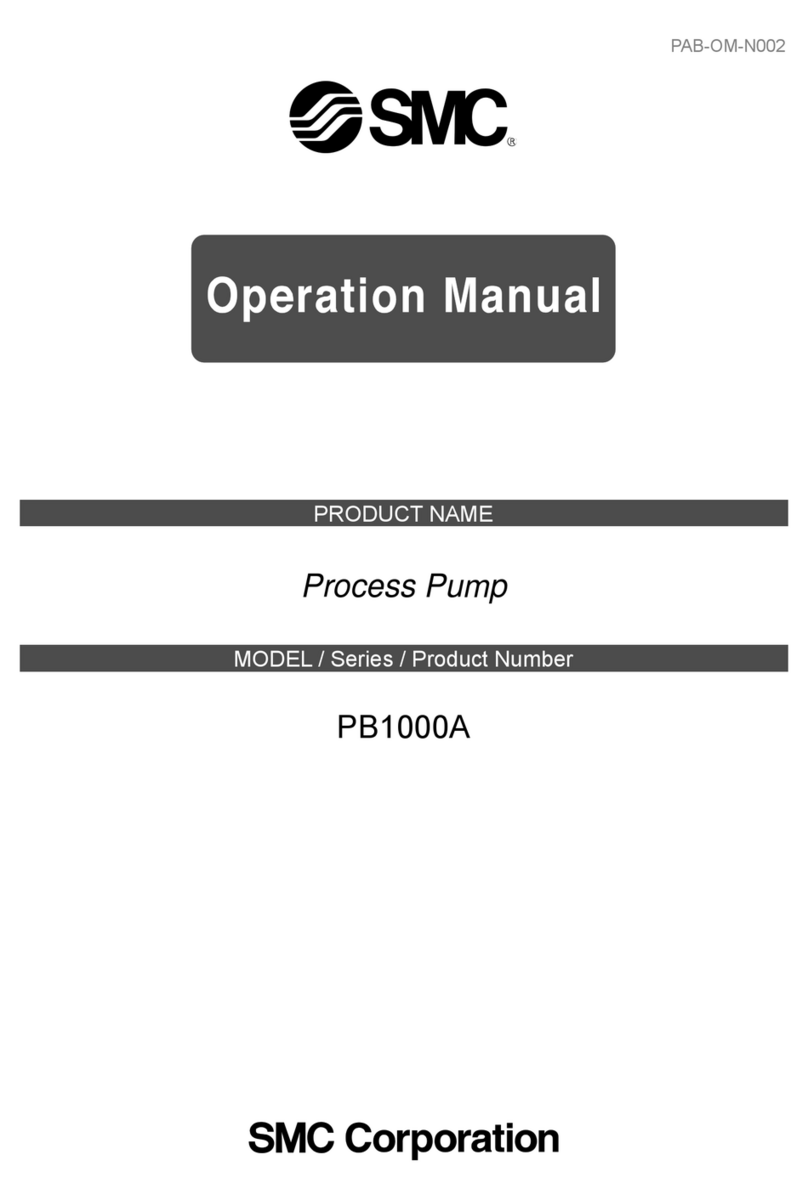
SMC Networks
SMC Networks PB1000A User manual
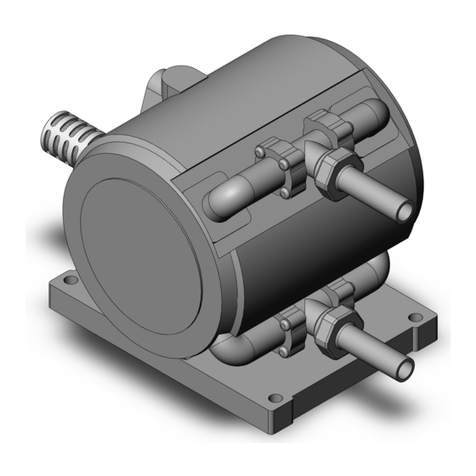
SMC Networks
SMC Networks PAF3410 User manual
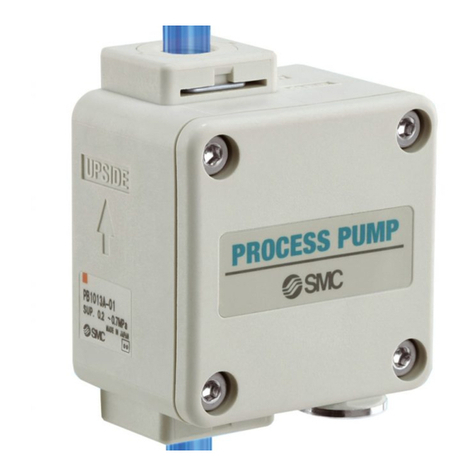
SMC Networks
SMC Networks PB Series User manual

SMC Networks
SMC Networks PA3000 Series User manual
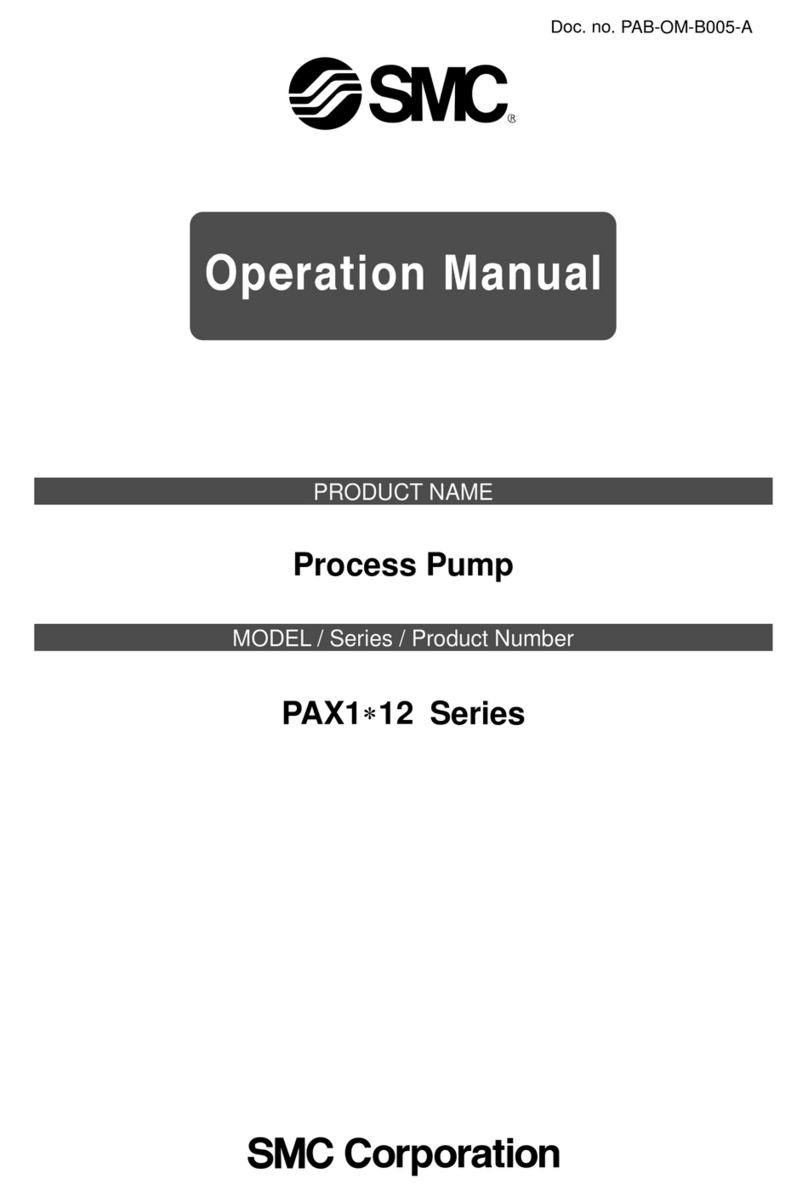
SMC Networks
SMC Networks PAX1 12 Series User manual
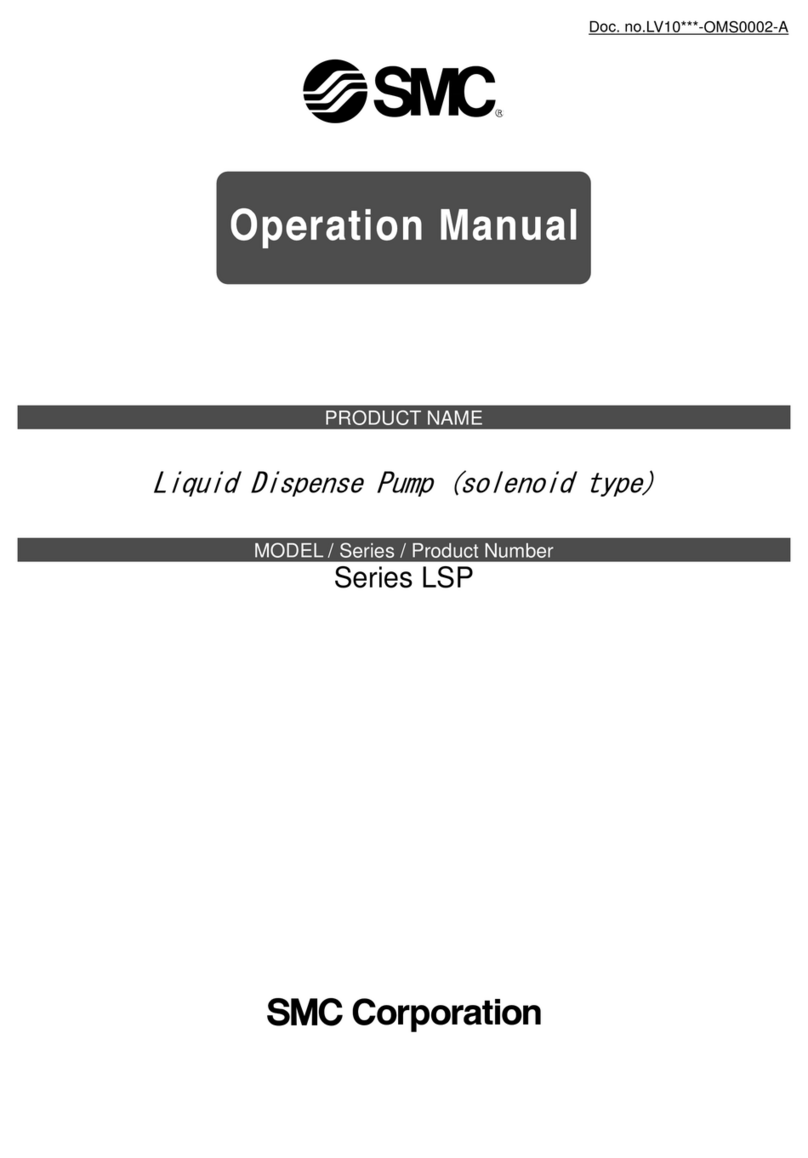
SMC Networks
SMC Networks LSP Series User manual
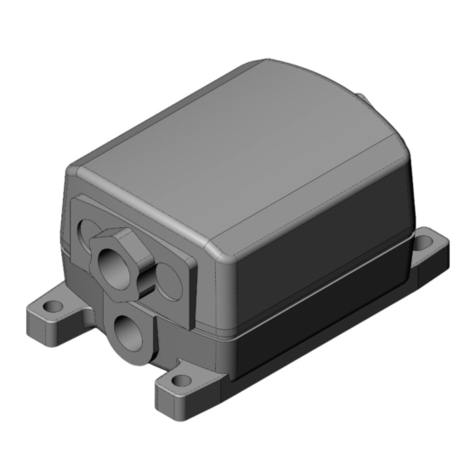
SMC Networks
SMC Networks PB1313A User manual
Popular Water Pump manuals by other brands
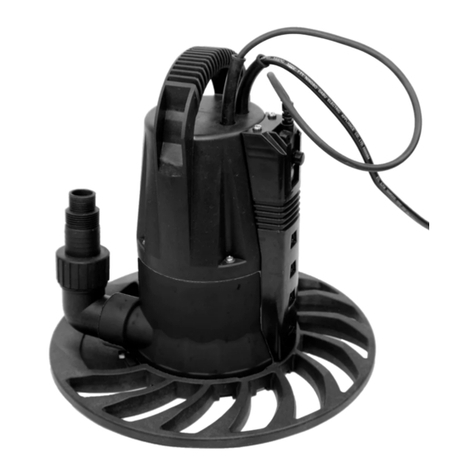
Watershed Innovations
Watershed Innovations HYDRAPUMP SMART FLEX Instructional manual
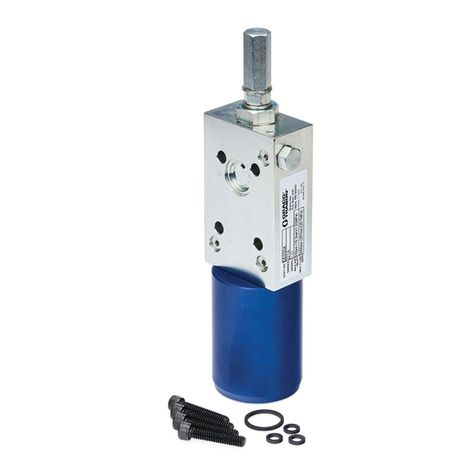
Graco
Graco Modu-Flo AL-5M instructions
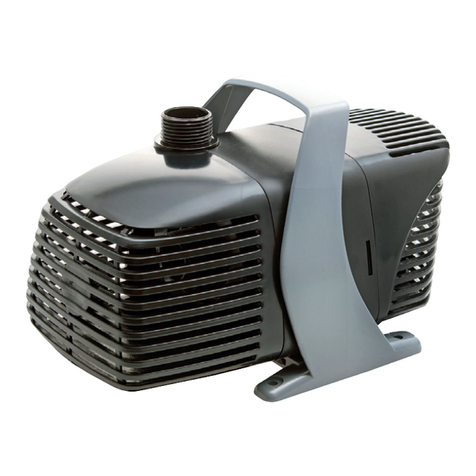
Messner
Messner MultiSystem MPF 3000 operating instructions
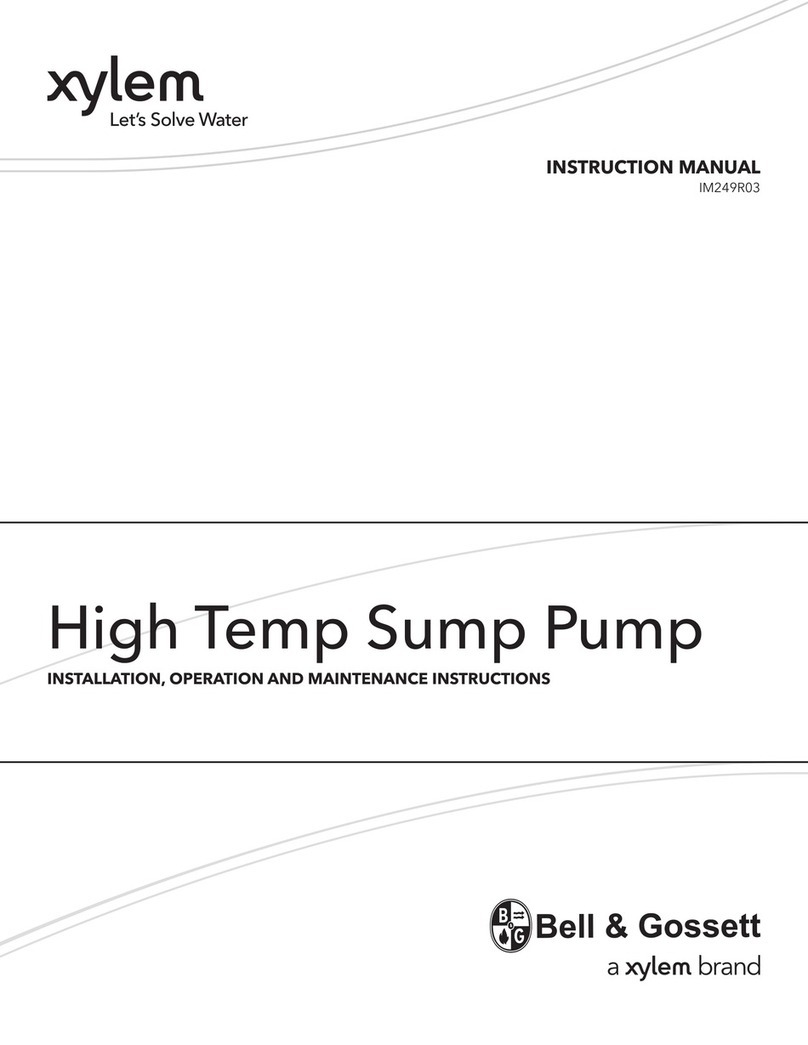
Xylem
Xylem Bell & Gossett WEHT0311M Installation, operation and maintenance instructions

WilTec
WilTec 50739 Operation manual

Franklin Electric
Franklin Electric Little Giant 555702 HRK-360S instruction sheet
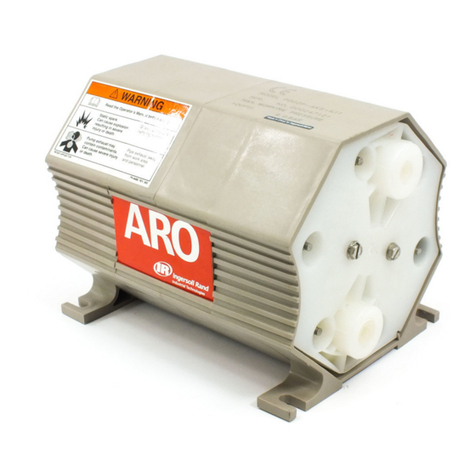
Ingersoll-Rand
Ingersoll-Rand PD02P Series Operator's manual
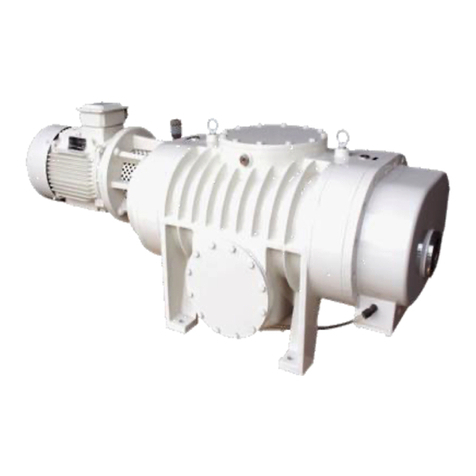
VS
VS ZJ Series Operating instruction
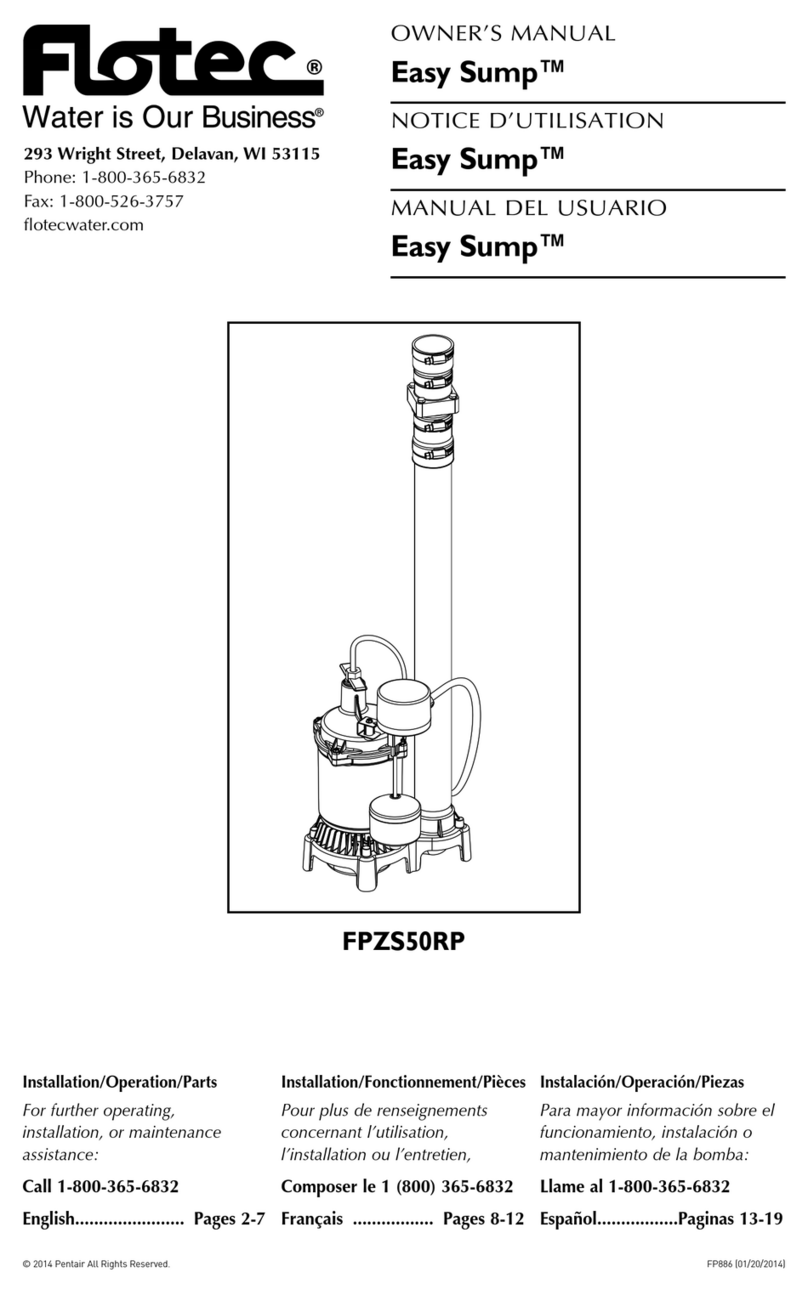
Flotec
Flotec FPZS50RP owner's manual

SKF
SKF Lincoln FlowMaster II User and maintenance instructions
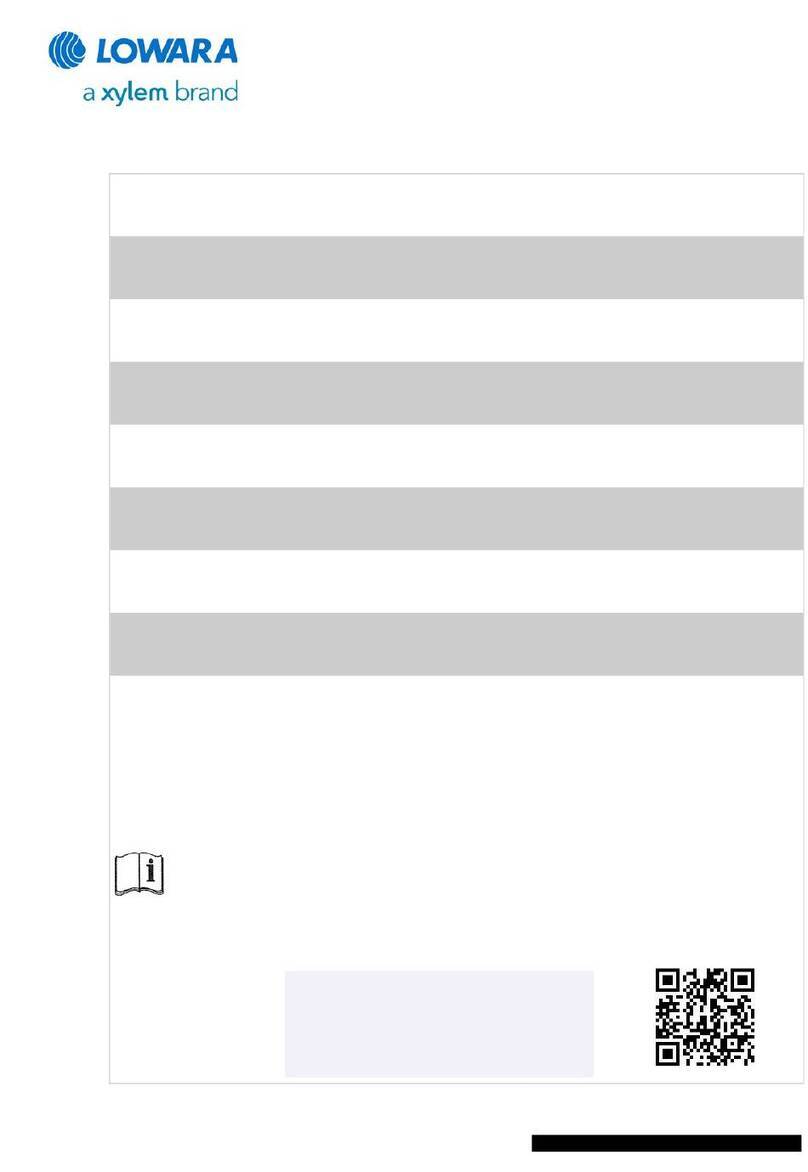
Xylem
Xylem Lowara LSB Series Installation, operation and maintenance instructions

Water
Water Duro Pumps DCJ500 Operating & installation instructions
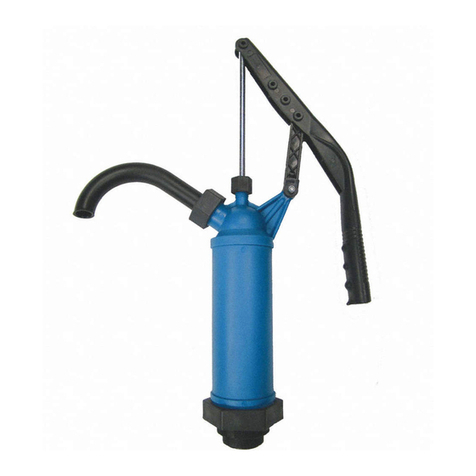
Action
Action P490 Operating instructions & parts manual

Flo King
Flo King Permacore Reusable Carbon Bag Disassembly. & Cleaning Instructions
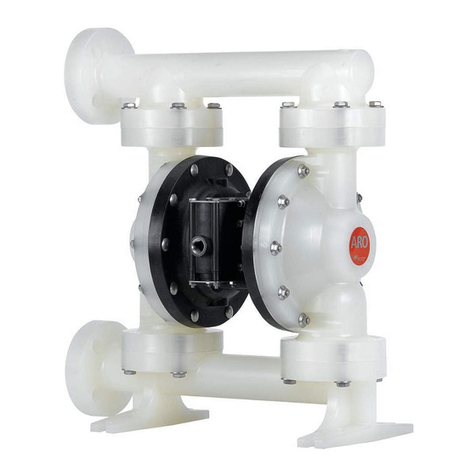
ARO
ARO ARO PD15P-X Operator's manual
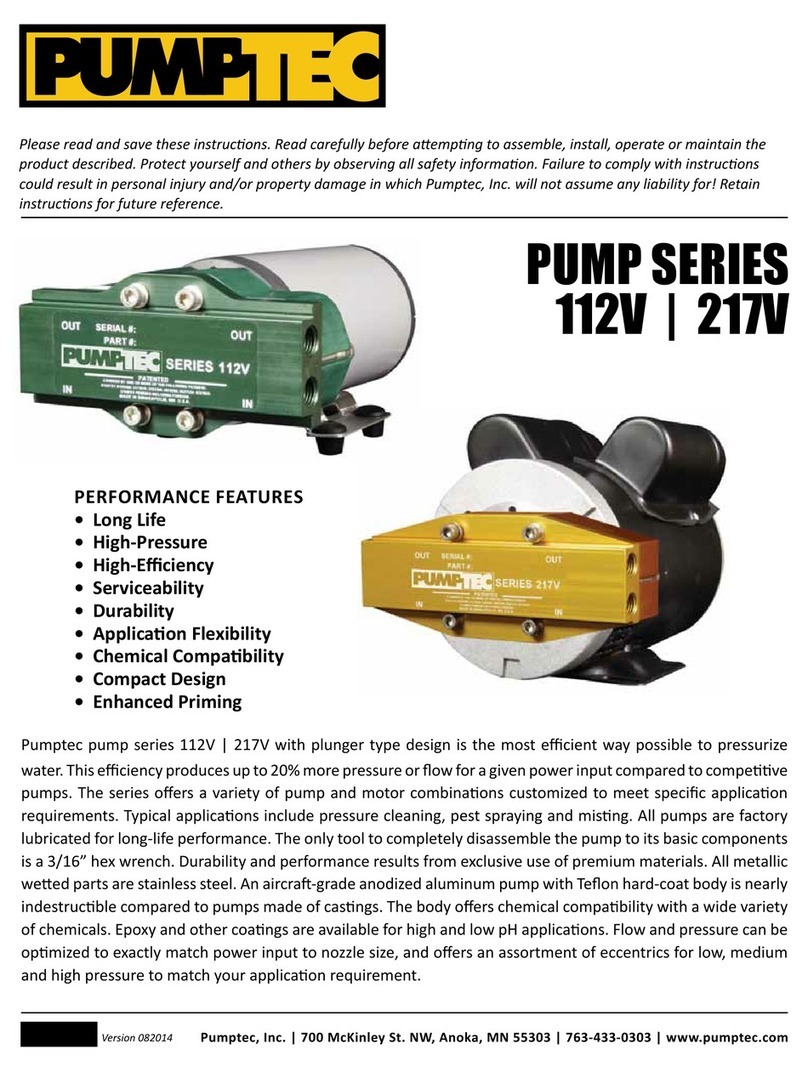
Pumptec
Pumptec 112V Series Operating instructions and parts manual
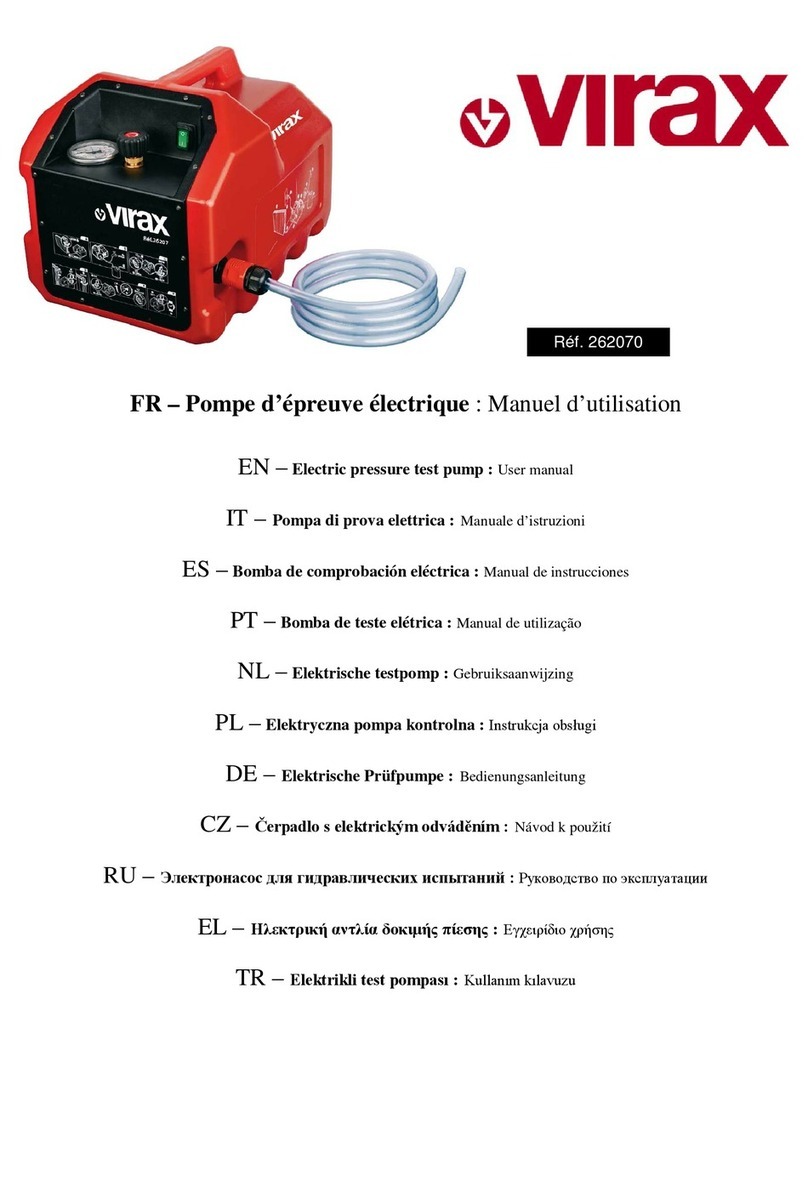
Virax
Virax 262070 user manual
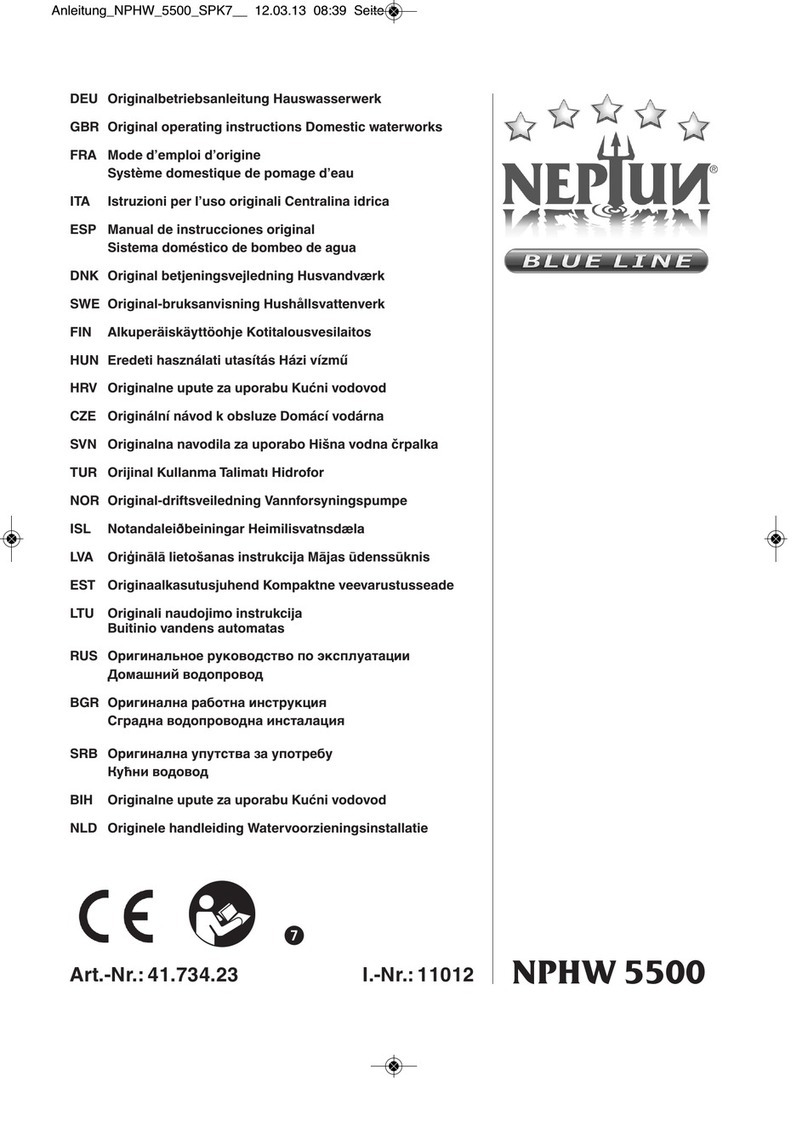
Neptun
Neptun NPHW 5500 operating instructions









